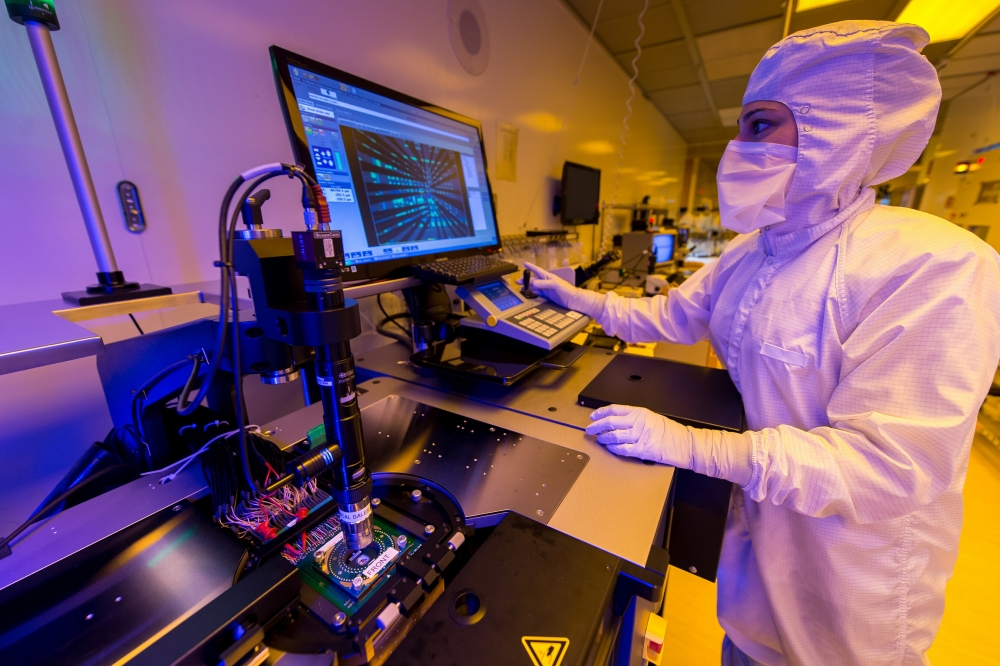Raytheon/DARPA project to use GaN and diamond

$15 million THREADS project will employ diamond and GaN to increase RF sensor capabilities
Raytheon has been awarded a four-year, $15 million contract from DARPA to increase the electronic capability of radio frequency sensors with high-power-density GaN transistors. The improved transistors will have 16 times higher output power than traditional GaN with no increase in operating temperature.
This new prototyping work is being performed under DARPA's Technologies for Heat Removal in Electronics at the Device Scale program, known as THREADS.
"Our engineers have unlocked a new way to produce GaN, where thermal management is no longer a limiting factor," said Colin Whelan, president of Advanced Technology at Raytheon. "These new system architectures will result in sensors with enhanced range."
Raytheon is partnering with the Naval Research Laboratory, Stanford University and Diamond Foundry to grow diamond, the world's best thermal conductor, for integration with military-grade GaN transistors and circuits. Cornell University, Michigan State University, the University of Maryland and Penn State University are also providing technology and performance analysis.
Raytheon's GaN chips are currently used in defence systems like the Patriot, LTAMDS/GhostEye family of radars, APG-79(v)4 and SPY-6 family of radars.


































